|
Every year about this time, I pen an article about Troy’s Enchanted City Steampunk Festival. This year’s festival is this coming Saturday, September 15th, on the streets of downtown Troy. Last year’s fair took place in Riverfront Park for the first time. While it was great to have room to spread out and wander around, it was removed from the street level, and lacked the energy and vitality that being on Troy’s main streets brings. This year, it’s back on the street, sharing part of downtown Troy alongside the famous Troy Farmer’s Market. This year, as I have since the second year, I’ve got my own booth of wares, under the banner of Blatherscat Designs. Check us out for Troy related goods, hand-crafted home furnishings and accessories. This year, I’m sharing booth spaces with my friend Deb Jackson. She’s selling her hand-crafted jewelry from her Jenny Sparrow Works collection. We will be joined by an old friend from New York, whose company is called Goth Fae/Steampunk Dollie, which speaks for itself as to the merchandise. Now that the self-promotion is out of the way, what is it about steampunk that makes me choose this festival to participate in? Why do I like the Steampunk Festival so much? I guess because it combines two of my favorite things – the imaginative creating power of people and the city of Troy. Two Literary Giants Steampunk combines the past, present and future. It’s a sub-genre of science fiction that incorporates late 19th century steam-powered technology, the garb and aesthetics of Victorian life – with a modern sensibility. The things that made the Age of Steam work – the pistons and gears, the engines of Victorian industry have been grafted with modern tech, and sometimes ancient magic. 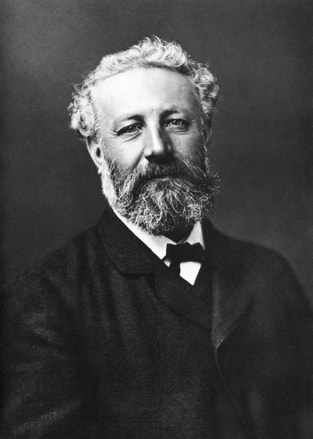 Jules Verne Jules Verne After all, what keeps an airplane aloft? We know it’s technology and principles of aerodynamics, but isn’t it so much more fun and freeing to think that a flying machine can be a collection of pistons, gears, a steam engine, some canvas struts, a well tufted club chair to sit on, and the harnessing of a hint of elemental magic? Steampunk allows you to do that – imagine a world where anything you can imagine can be cobbled together in a workshop. You just need the raw materials, perhaps a forge, some ingenuity, some science, perhaps a little magic, and a great wardrobe. We wouldn’t have steampunk without two late 19th century European writers – Jules Verne and H.G. Wells. Frenchman Jules Verne is considered one of the three “Fathers of Science Fiction.” His imaginative mind gave us such enduring classics as “Twenty-Thousand Leagues Under the Sea” which introduced the world to Captain Nemo and his amazing submarine, the Nautilus. He also wrote “Journey to the Center of the Earth” and “Around the World in 80 Days.” These books have been translated into more languages and shared with the world more than almost any other books in print. 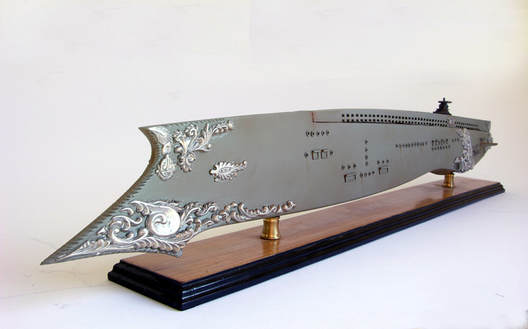 "The Nautilus" as imagined in the 2003 movie "League of Extraordinary Gentlemen" "The Nautilus" as imagined in the 2003 movie "League of Extraordinary Gentlemen" By the time Verne wrote “20,000 Leagues” in 1870, the idea of an underwater submersible craft was centuries old. Various engineers and shipbuilders had played with the idea since the ancient Ottoman Empire. In 1863, the French Navy launched the Plongeur, the first submarine to be powered by an engine, not paddled by human power. Although the design had issues, this was the inspiration for Verne’s Nautilus. He got the name from a submarine design by America’s Robert Fulton. Over the next century and a half, both artists and later, conceptual designers for Hollywood have expanded on Verne’s description of the craft in his book and come up with some of the earliest and best examples of what we now call Steampunk. The book illustrations of the day showed an interior that looked very much like the dry-land drawing room of a wealthy urban Victorian. The engine room was a fanciful collection of gears, pipes and ornamental waterspouts. The other great-great grandfather of steampunk was H.G. Wells. His speculative fiction, like the best of speculative fiction that followed, was a veiled commentary on the society of his day. Also one of the “Fathers of Science Fiction” (Hugo Gernsback is the third), Wells was a prolific writer in many subjects, but the Englishman is best remembered for his science fiction. His first novel was “The Time Machine,” published in 1895. It was followed by “The Island of Dr. Moreau,” “The Invisible Man,” and “War of the Worlds.” 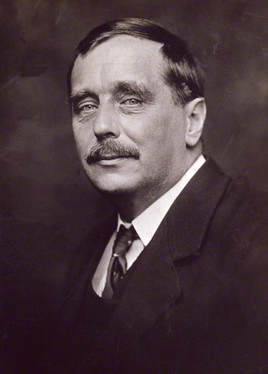 “The Time Machine” is especially beloved by steampunk enthusiasts. What is more cobbled together than a Victorian-era machine that is capable of going backward and forward in time? Shiny metal parts, lots of steam, built in a room with encaustic tile and gas lights. Hollywood gave us a wonderful example in the 2002 incarnation of Well’s tale – this time set in New York City, not London. So, what’s more Victorian New York than downtown Troy? Nowhere, so the filmmakers came here and to Schenectady to shoot some of the exterior shots that make up the beginning of the movie. That Troy connection was one of the reasons Troy entrepreneur Susan Dunkel and friends thought Troy would be the perfect location for a day-long celebration of all things steampunk. A History of Making The Steampunk phenomenon started slowly in the late 1980s and remained almost a cult-like trend for many years, part of the cyberpunk world filled with loner hackers, dystopian societies, and people who are out of place in societies that care more about tech than people. Movies like “Dune” and “Blade Runner” (the original one) provide a picture of that feeling of isolation and over reliance on tech. It really started to go more mainstream in the late 90s. Then it was discovered by pop culture. Movies like 2002’s “Time Machine”, “Wild, Wild, Wild West” and “League of Extraordinary Gentlemen” made Steampunk cool. Of course, mainstreaming has its downside. When early Steampunkers started wearing motorcar goggles or World War I leather flight caps or crafted prosthetic arm pieces with brass working gears and pistons, they probably never guessed that plastic variations of those items would be available for sale everywhere in 2018. When someone hiked up their long skirts, donned their Doc Martens, and spent two weeks constructing an authentic Victorian corset to wear at a gathering, they didn’t know they would be able to buy those things off the rack, either. But trends are ever thus. Don’t sweat it, it’s still fun. 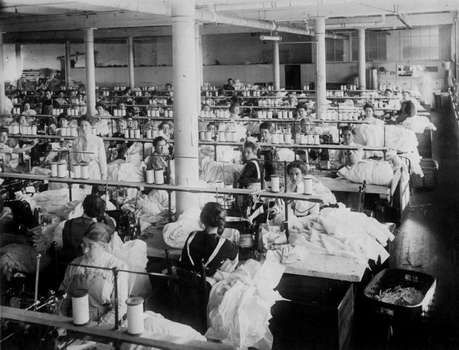 Which brings me to the maker part of our story. We are in Troy. This is a city of Makers in a valley of Makers– past and present. The city started by making iron, and later steel. By the late 19th century, when you really were required to wear long skirts with a corset or don your cutaway jacket and a bowler hat, Troy’s factories were churning out cast iron stoves, church bells, horseshoes and carefully crafted precision instruments. They were manufacturing munitions across the river in Watervliet, building carriages and trolley cars on Green Island, spinning and weaving miles of fabric in Cohoes, while printing presses here were churning out newsprint, books and all kinds of ephemera. When Victorian men left their homes, from the humblest worker to the president of Troy’s major companies, they were wearing a stiff pressed detachable collar on their crisp white shirts. Both shirt and collars came from Troy’s many factories, both big and small. They don’t call Troy the “Collar City” for nothing. Troy made more collars and cuffs than any other city in the country. They laundered them, too. The hardworking men and women, and they were mostly women, clothed the necks and wrists of the nation. They MADE stuff. Today, those factories are gone, but we’re still making stuff. Troy has seen a resurgence of Makers. Today’s makers are designing computer games and tech programs. They are inventing new ways of harnessing energy. Troy’s makers are building robotics and growing fungus as the new packing material of today, replacing non-recycling Styrofoam. Entrepreneurs are building new businesses and renovating old buildings across Troy. The city is attracting those who create in words, images and art. We are sewing, building, restoring, growing and cooking. Troy is MAKING stuff again. So what better place to host a festival dedicated to the use of imagination in the pursuit of creating a world, a machine, a costume?
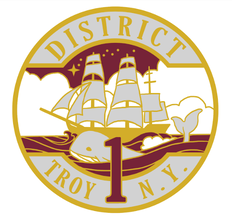 So – next Saturday, rain or shine, warm or cold, the Enchanted City Steampunk Festival will be downtown. The festivities start at 11am and end at 6. There will be tons of events for kids and adults alike, with contests, demonstrations, food, music and theater, costumes and creations. Troy will be filled with Captains of Technology, Lords of Steam, Lady Adventuresses, Kid Danger, and more than a few fairies and other fantasy folk. Just look for the steam engine rolling down State Street and a hint of magic wafting through the air. This year, as always, there will be a kick-off party. The 2018 gala will be at the new Copper Pot cafe and event space. There will be a Steampunk Art Show, DJ and fantastic catered food and open bar. It is for those 21 and over, and is a ticketed event. The art show is curated by and features the work of Debra Jackson, of Troy. Her artwork is steampunk inspired, with a hint of whimsy and much heart. Deb also designed the Steampunk Angel used by the Enchanted City in their logo and advertising. Joining her will be local artist Diane Cubit and others. The Copper Pot is located at 2423 5th Avenue.
Please check the website for tickets, a schedule of events, maps, directions and more information. www.enchantedtroy.com
2 Comments
|
AuthorMy name is Suzanne Spellen. I've been many things: a writer, historian, preservationist, musician, traveler, designer, sewer, teacher, and tour guide; a long time Brooklynite and now, a proud resident of Troy, NY. Archives
February 2019
Categories
|
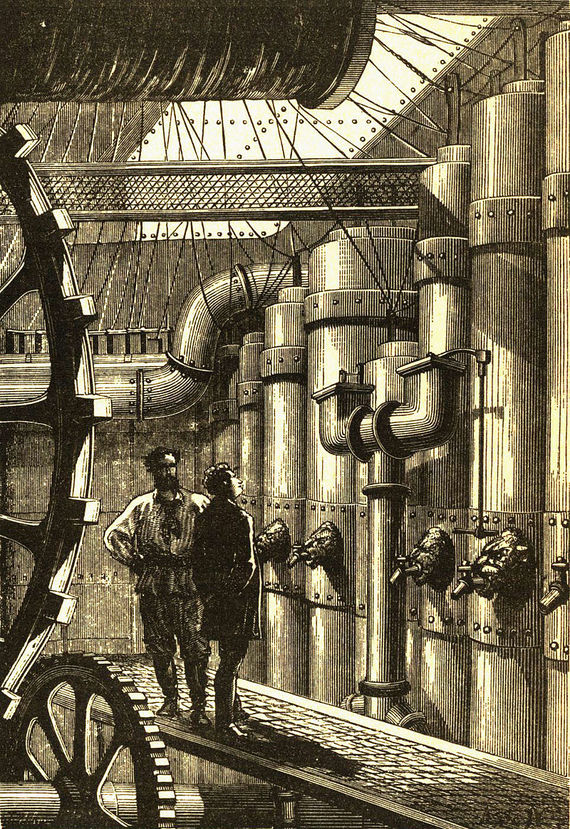
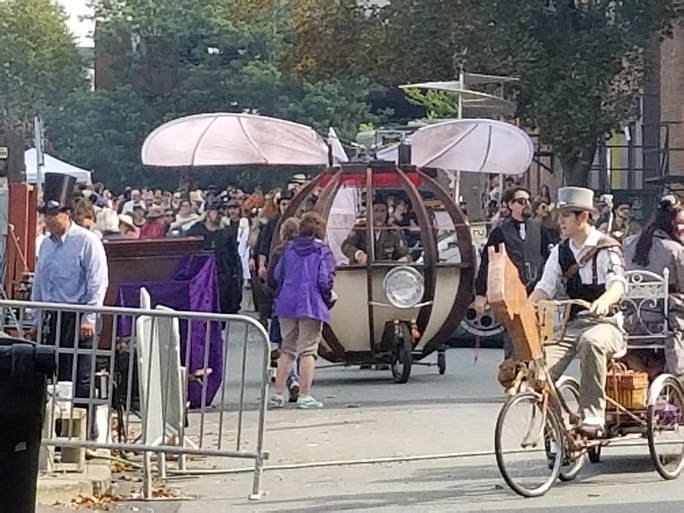
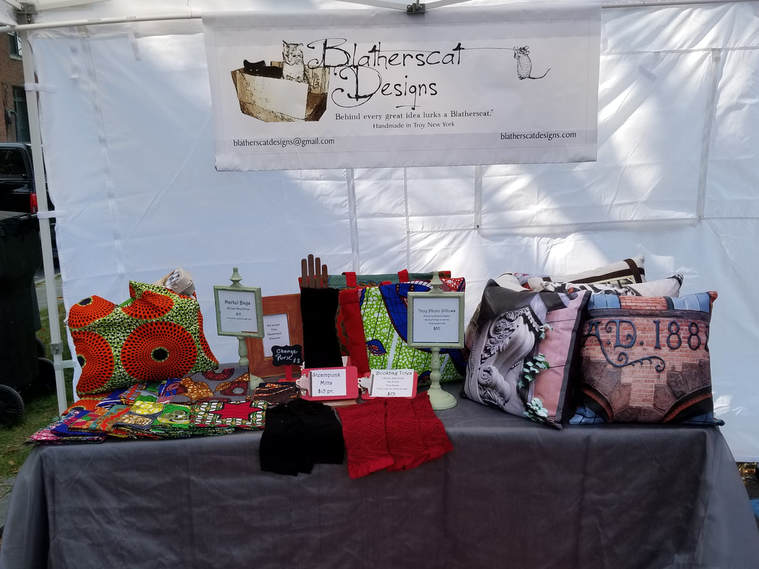
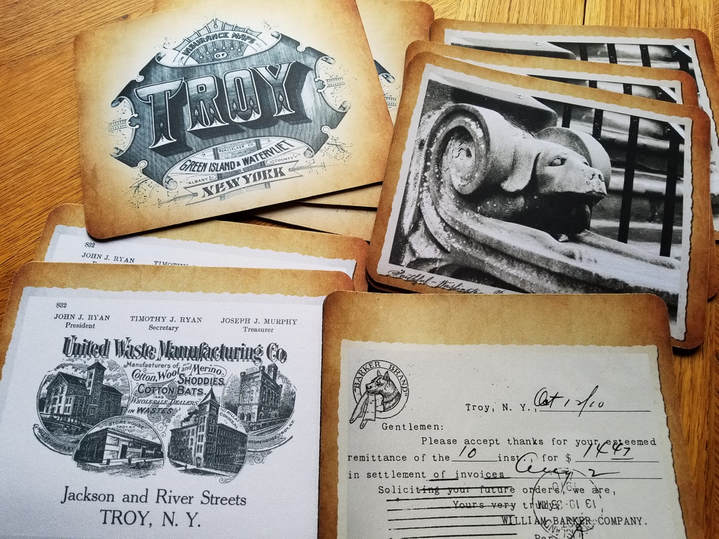
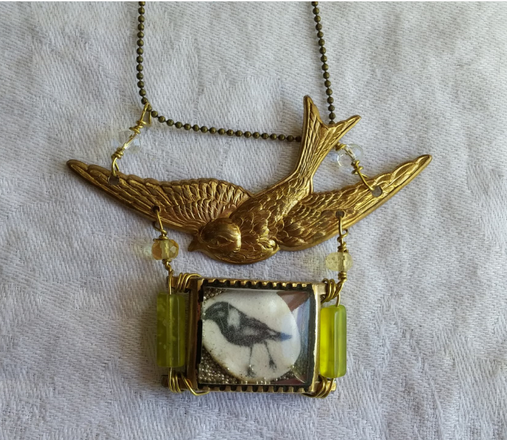
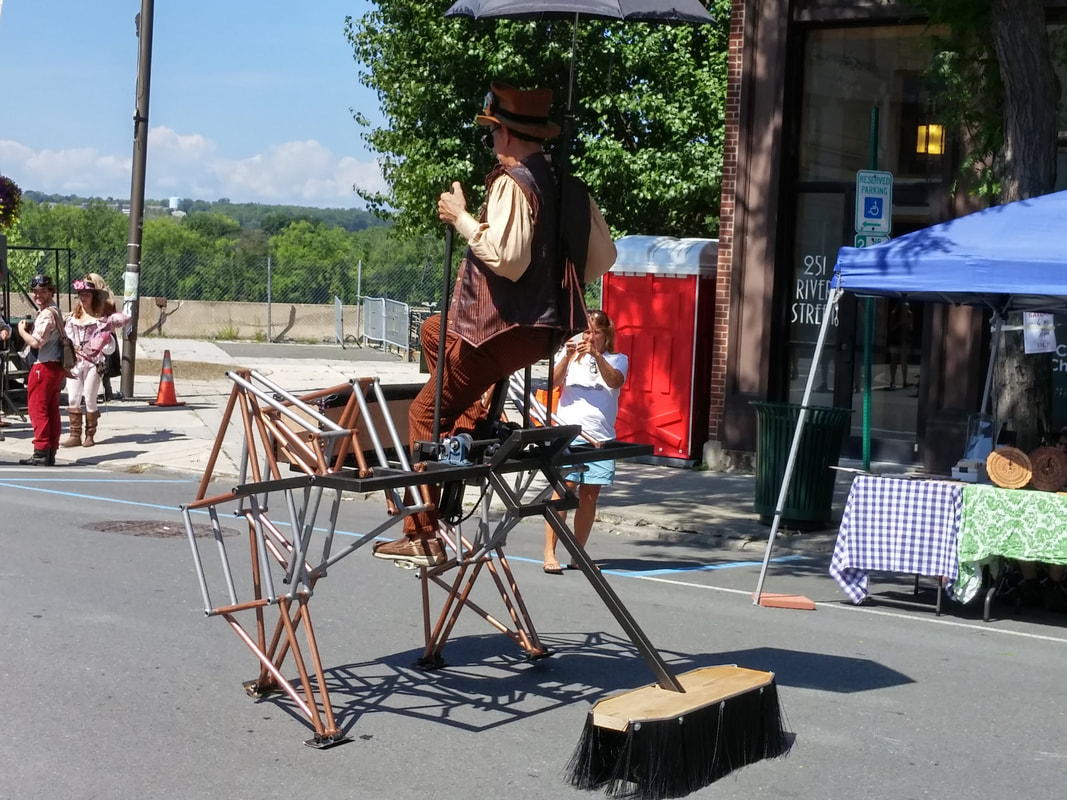
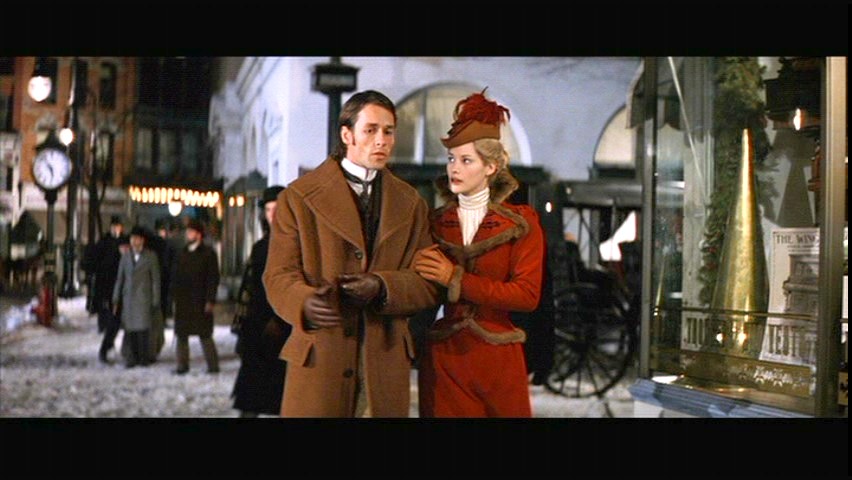
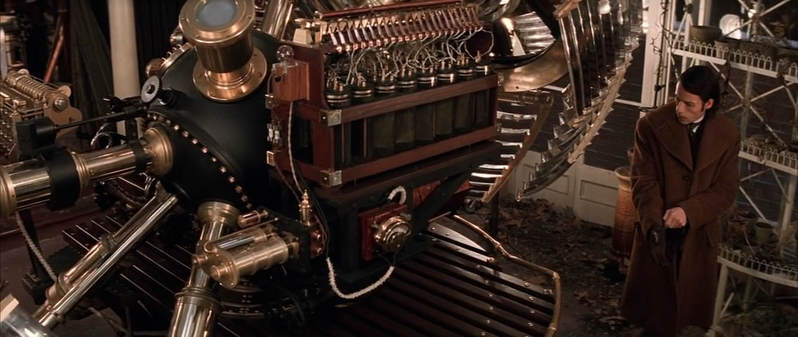
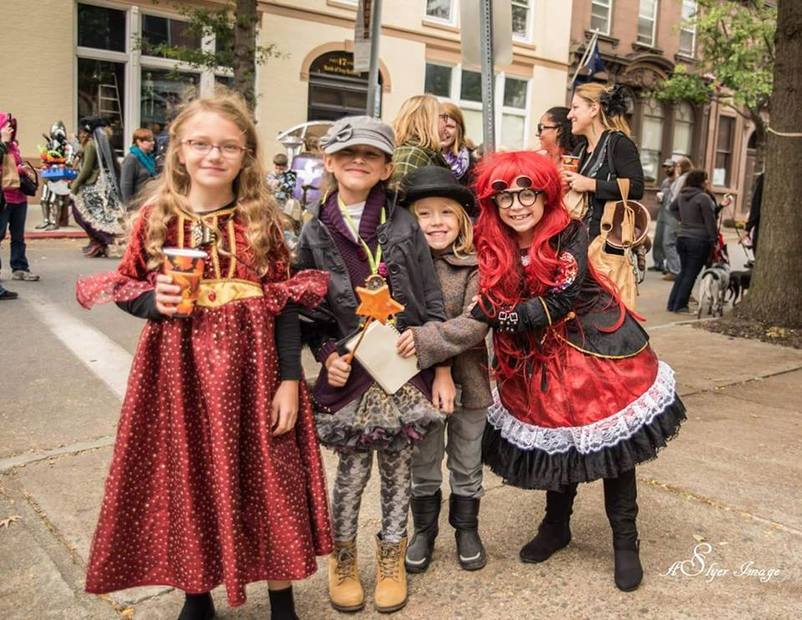
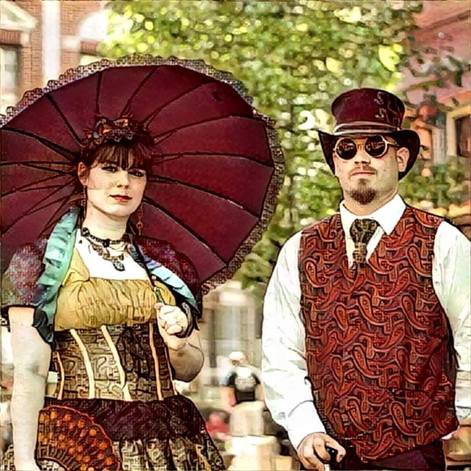
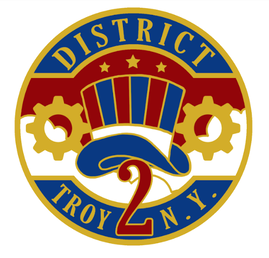
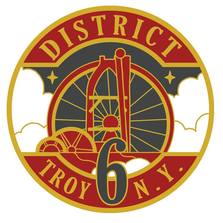
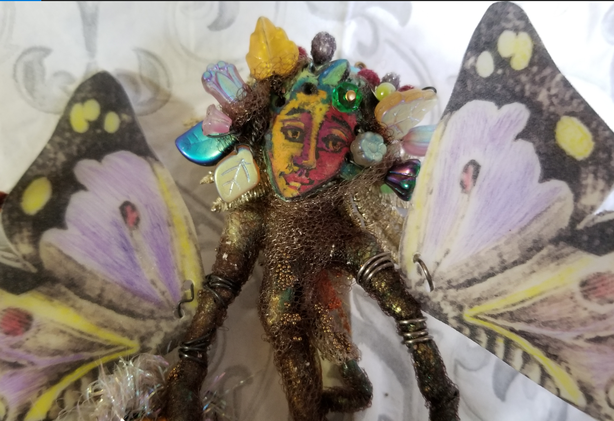
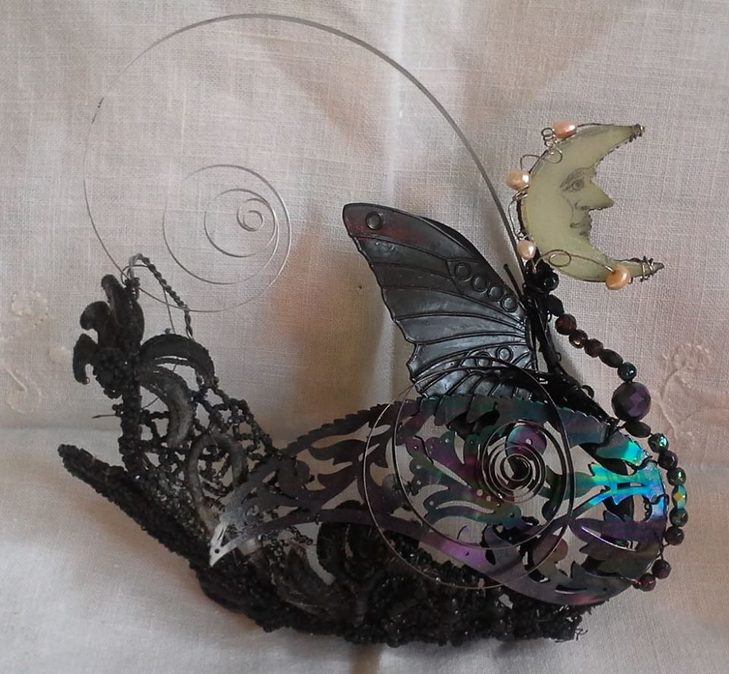
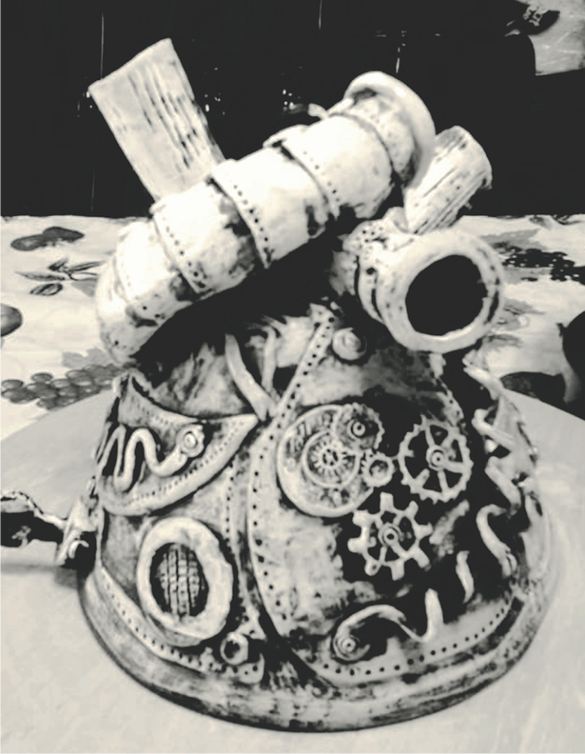
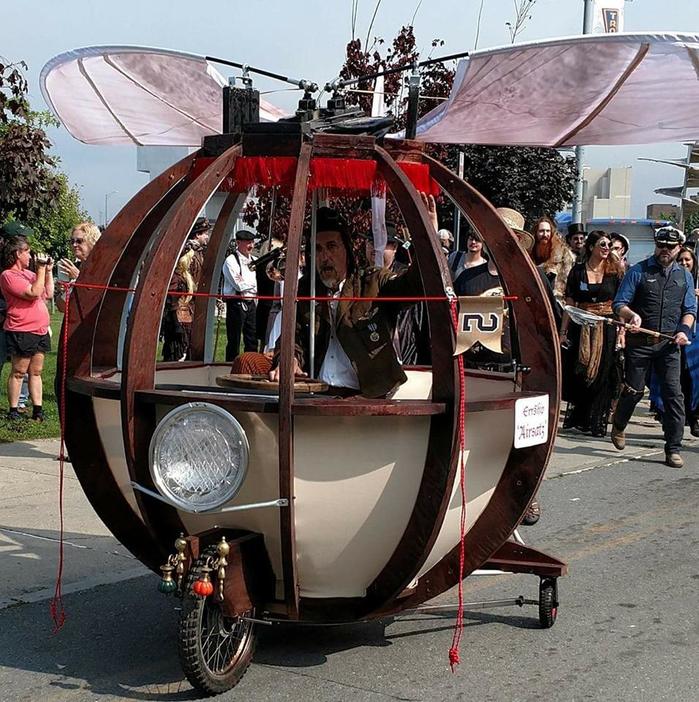
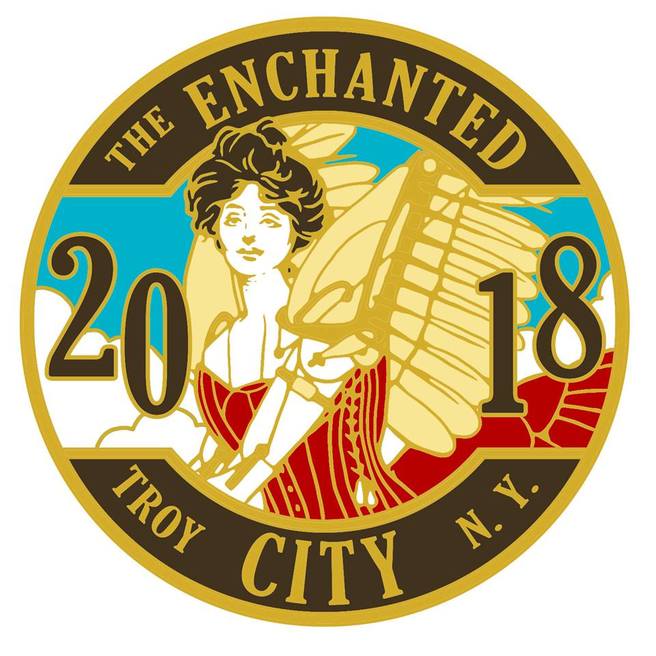

 RSS Feed
RSS Feed
